Hearthstone: Heroes of Warcraft is so addictive that even typing the word into a search engine ought to trigger some sort of health warning.
One exposure is almost
guaranteed to suck you down into the demiplane of Azeroth forever, like some dark and dreadful whirlpool of swirling cards.
Truth be told, though, it's actually quite fun down here. You should try it sometime.
Anyway, once you've 'arrived' here, a protracted stay is pretty much inevitable. So, you might as well make the most of it.
It's a disorienting place, mind, so we've put together this useful guide to get you started.
Deck buildingHearthstone: Heroes of Warcraft (simply referred to as
Hearthstone from this point) is a deck-building game, so you'd expect us to start here and devote the majority of our time to it, right?
Well, I'm sorry to disappoint, but we're going to skip over a bit. For
three good reasons.
The first reason is that if you want to extract the maximum fun from
Hearthstone while spending the minimum money, there's a particular path you need to follow. Anyone that's played through the tutorial will have a basic grasp of how cards can work together, and thus how to build her own decks.
The second reason is that it's too complex. With almost 400 cards available, there are an awful lot of viable builds out there. And, well, we only have
so much room in this article for tips and hints.
Which leads us on to the third reason. Almost all of those viable builds are already out there on the internet. Go look them up. We'll wait.
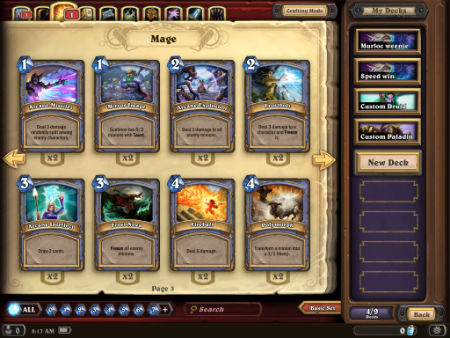 Basic Mage cards in the spellbook
Basic Mage cards in the spellbookReady? Okay, well, you might have a few questions about how you get some of the cards you've been reading about.
Every player starts with two "neutral" cards (like Chillwind Yeti) from a basic pool. Then, each character class has 20 basic cards you can use in decks when playing that character.
You start with the Mage only, and have to unlock the rest by beating an opponent of that class in any play mode. You should definitely do this, because it nets you some bonus gold.
Once you've unlocked a character, you get some of that class's cards for free. You earn the rest by levelling-up that character, which you can do just by using the character in play.
That combination - the basic neutral cards plus the 20 basic cards of your chosen class - forms the pool from which you can build what are described as "basic" decks.
Look one up, build it, and try it out for size. You can build some surprisingly powerful decks with this simple card pool. And that's where you should be starting your
Hearthstone campaign.
Tactical tipsSo, you've got a tried-and-tested deck, and a grasp of the rules of the game. But you'll need more. You need to understand how to make solid snap decisions about play in the 90-second windows you are afforded.
This is where a lot of collectible card game veterans come a bit unstuck. You see,
Hearthstone isn't like other CCGs. In fact, Blizzard has tweaked a well-known formula so that this game
looks similar to previous variants but plays out surprisingly differently.
Hearthstone is essentially a game about maths. You've got to make sure that what you're putting on the table does more damage for the mana it costs than your opponent can manage.
At the most basic level, then, it means using a 1/1 minion to take down a 2/1 minion. Through that, you gain a small but important advantage.
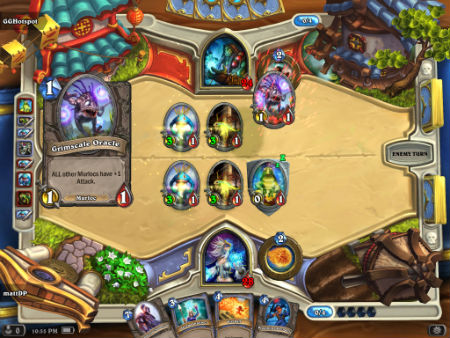 That 1/1 card is ripe for taking out those 3/1 minions
That 1/1 card is ripe for taking out those 3/1 minionsA curious thing about
Hearthstone is that even though you win by reducing your enemies health to zero, it's generally best to kill minions as long as it's a favourable trade.
By your clearing the opposing side of the board, your minions are free to wreak havoc. And anything they can summon to fill the vacuum is generally going to need a turn of inaction to get ready.
There's also the matter of card advantage. Because your pool of mana increases at a fixed rate, it's very easy in the mid-game to reach a point where you've got no cards left in your hand, and you're left with unused mana.
If your enemy can keep pumping out minions and deal out damage from that point, you're toast. So, cards that increase your draw rate are surprisingly powerful.
The final thing you need to learn is timing. When you're holding something you can cast, it's tempting to slap it down right away. This isn't always a good idea, though.
Cards like Fireball and Reckless Rocketeer, for example, can take down late-game minions in one shot. If none of those appear, you can use Fireball, say, to smash up the enemy character instead. So, best to hold onto those cards.
All that glittersYou'll get a couple of free booster packs via the tutorial and the first simple quests. Unless you're very lucky, these probably won't contain anything astonishing.
But you should still make sure you look at the cards carefully, just in case there's something that fits in well with your chosen model.
If you're incredibly lucky, you might see a card with a dragon wrapped around the portrait. That's a legendary card. Most of these are pretty powerful, although some are more situation-specific than others.
If you play in ranked matches, you'll probably see a fair number of players using quite a lot of legendaries. You'll probably get beaten by them rather more than quite a lot.
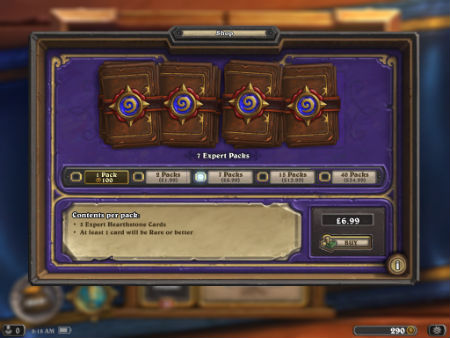 More card packs than most of us will be willing to purchase
More card packs than most of us will be willing to purchaseSo, obviously, you want some of these cards yourself. To get them, you'll either need to spend real money or in-game gold on booster packs.
Lucky ones will contain legendaries or other useful, rare cards. And you can actually "disenchant" the ones you don't want for "dust" (another in-game resource with which you can eventually craft your own legendaries. That's a bit beyond the scope of this guide, mind).
Either way, you'll need gold. The best way to get gold is to try to complete the quests you're given, e.g. "kill 40 minions" or "do 100 damage". You get a new one each day, and can have up to three active at once.
You'll also net gold for every three wins in casual or ranked mode. So, get a deck that works for you, and try and spend enough time each day to finish a quest and net three wins.
Then, once you've got some gold, DON'T go and spend it on card boosters.
The ArenaYou heard right. Once you've unlocked all the classes, accumulated 150 gold, and gained a solid grasp of how the game works, get into The Arena.
The gold is your entry fee, but don't panic: you're more than likely to get back what you put in, and more besides.
Firstly, you get a random choice of three classes. At the moment, Mages and Paladins tend to do best in The Arena. That's because their class powers aren't specific to particular cards, unlike other classes. Go in with one of those if you can.
You don't use the cards you've bought or unlocked in The Arena. Instead, it's a "draft" mode (the other game modes are known as "constructed"), in which you gradually put a deck together by choosing one card from a random selection of three until you've got a full deck of 30 in total.
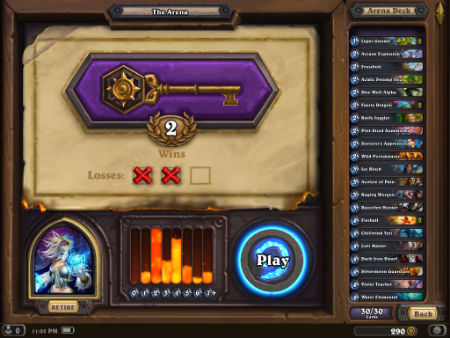 Doing badly in the arena... with no one but myself to blame
Doing badly in the arena... with no one but myself to blameThen, you're sent off to play games against other Arena entrants. It's a level playing field, so you are reliant on your skill here at picking good cards and using them together sensibly.
You'll play until you either reach three losses or 12 wins... whichever comes first. And the longer you go on, the bigger the rewards will be.
The reason The Arena is such good value for money is that even if you crash and burn with three losses on the trot, you'll still get a booster pack (worth 100 gold) and a small extra random reward (worth about 20 gold).
So,
at worst you'll come up 30 gold short on your investment. And if you do well, you'll get so much stuff you'll hardly know what to do with it. We'll tell you again, then: get right back into The Arena and start earning those Legendaries!







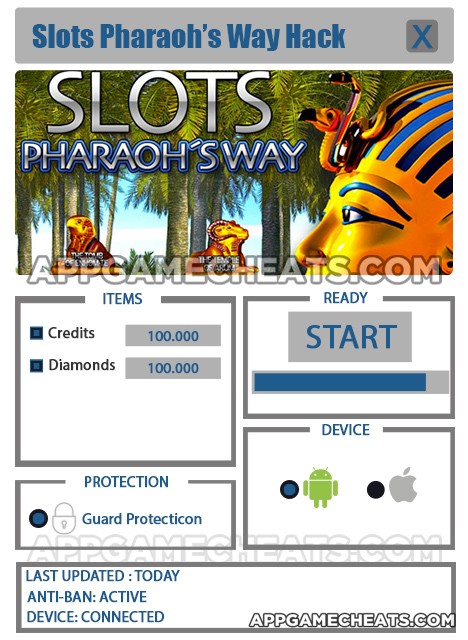
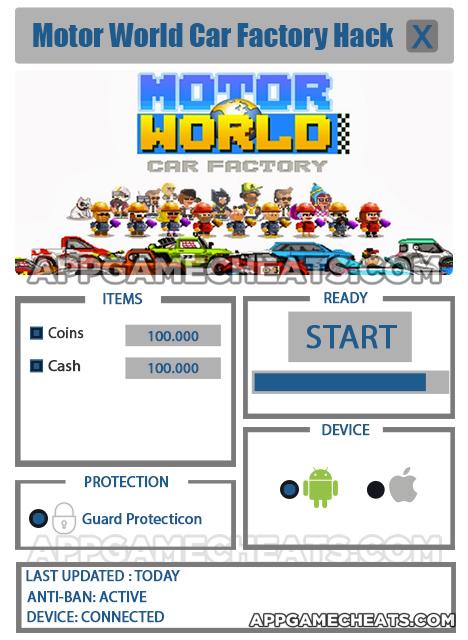

 100 Pics F is for… Pack Level 1-100 Answers
100 Pics F is for… Pack Level 1-100 Answers Fun Ways to Think – Places Answers All Levels
Fun Ways to Think – Places Answers All Levels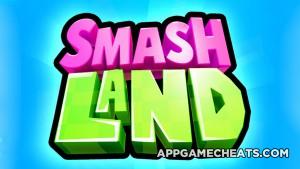 Smash Land Cheats, Review & Hack
Smash Land Cheats, Review & Hack What’s that Logo by ThinkCube Inc Level 111-120 Answers
What’s that Logo by ThinkCube Inc Level 111-120 Answers [Update] Bad Piggies - Secret skull walkthrough videos for Flight in the Night
[Update] Bad Piggies - Secret skull walkthrough videos for Flight in the Night